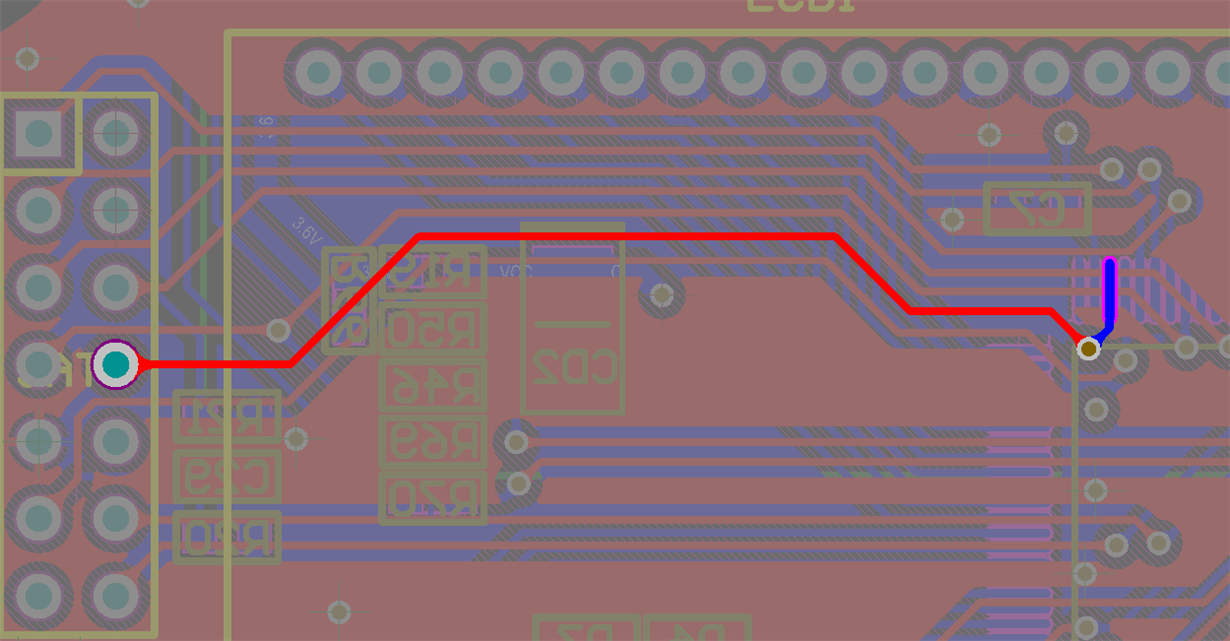Hi Champs,
My customer has a metering related product using MSP430FR6879, RevC, and LPM3 was utilized. Some of FR6877 would be hanging or FRAM was changed. I have already suggested them to use LPM2. They have several questions about the lockup state as follows.
1. what's the meaning of lockup state?
2. If MCU is jumped to lockup state, whether the peripherals are working well, such as LCD, XT1?
3. How to judge whether FR6877 is lockup without emulator? How to make FR6877 into this state manually?
4. What's power consumption when MCU is lockup, comparing with the normal state?
5. Is it possible that the content of FRAM would be changed, when jumping into lockup?
Thanks a lot.
BR,
Young


